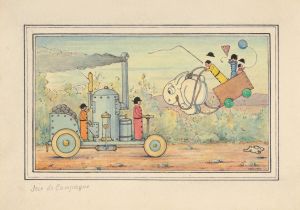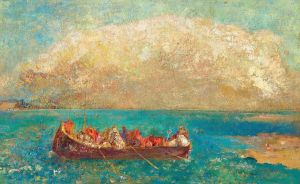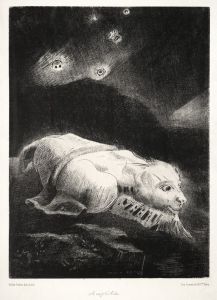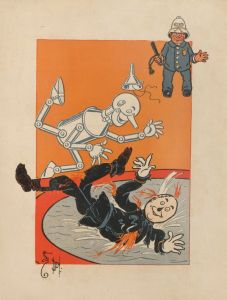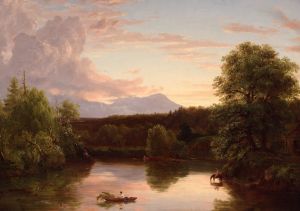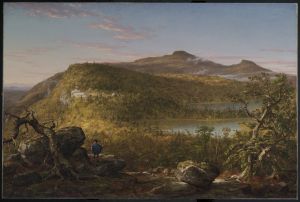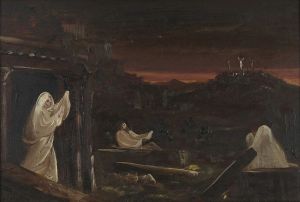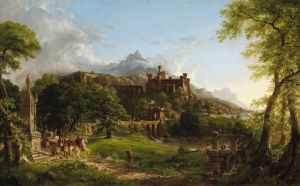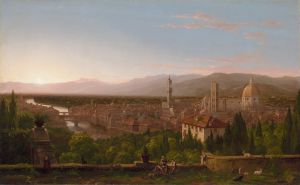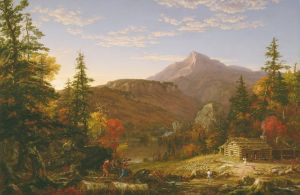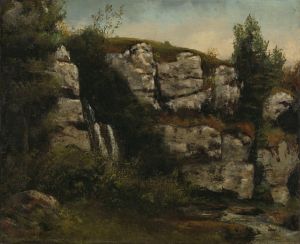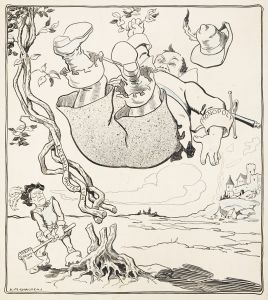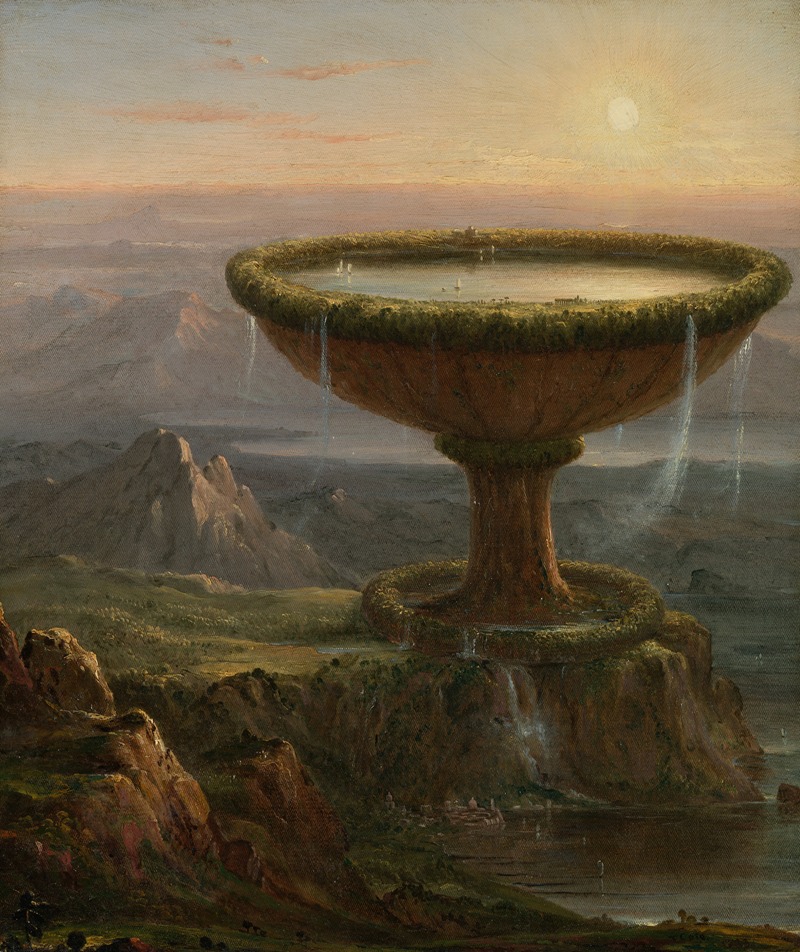
The Titan’s Goblet
A hand-painted replica of Thomas Cole’s masterpiece The Titan’s Goblet, meticulously crafted by professional artists to capture the true essence of the original. Each piece is created with museum-quality canvas and rare mineral pigments, carefully painted by experienced artists with delicate brushstrokes and rich, layered colors to perfectly recreate the texture of the original artwork. Unlike machine-printed reproductions, this hand-painted version brings the painting to life, infused with the artist’s emotions and skill in every stroke. Whether for personal collection or home decoration, it instantly elevates the artistic atmosphere of any space.
"The Titan’s Goblet" is an oil painting created by the American artist Thomas Cole in 1833. Cole, who is often regarded as the founder of the Hudson River School, a mid-19th century American art movement, is known for his landscape paintings that often feature romantic and naturalistic themes. "The Titan’s Goblet" is one of his most imaginative and allegorical works, standing out for its unique composition and symbolic depth.
The painting measures 49 by 41 inches and is currently housed in the collection of The Metropolitan Museum of Art in New York City. It depicts a massive goblet, resembling a colossal chalice, standing on a pedestal amidst a vast landscape. The goblet is filled with water, and its rim supports a miniature world, complete with lush vegetation, trees, and classical ruins. This miniature world within the goblet is surrounded by a serene body of water, suggesting a self-contained ecosystem. The landscape outside the goblet is equally detailed, featuring mountains, forests, and a distant sea, all rendered in Cole's characteristic style that combines realism with a sense of the sublime.
"The Titan’s Goblet" is often interpreted as an allegory of creation and destruction, reflecting Cole's interest in the cycles of nature and civilization. The painting does not depict a specific mythological or historical scene, which is unusual for Cole, who often drew inspiration from literature and history. Instead, it presents a fantastical vision that invites viewers to ponder the relationship between the natural world and human endeavors. The goblet itself can be seen as a symbol of the Earth or a microcosm of the universe, encapsulating the idea of nature's grandeur and the transience of human achievements.
Cole's use of light and shadow in the painting enhances its dramatic effect, with the goblet illuminated against a darker, more subdued background. This contrast draws the viewer's attention to the central motif and emphasizes its monumental scale. The meticulous detail in the foliage and ruins within the goblet showcases Cole's skill in rendering natural elements and his fascination with the interplay between nature and culture.
"The Titan’s Goblet" is considered a significant work in Cole's oeuvre, illustrating his innovative approach to landscape painting and his ability to infuse his works with philosophical and spiritual meaning. It reflects the broader themes of the Hudson River School, which often celebrated the beauty and majesty of the American landscape while also contemplating the impact of human progress on the natural world.
In summary, "The Titan’s Goblet" is a testament to Thomas Cole's artistic vision and his contribution to American art. Its imaginative composition and symbolic richness continue to captivate audiences, offering a glimpse into the mind of an artist who sought to explore the profound connections between humanity and the environment.





